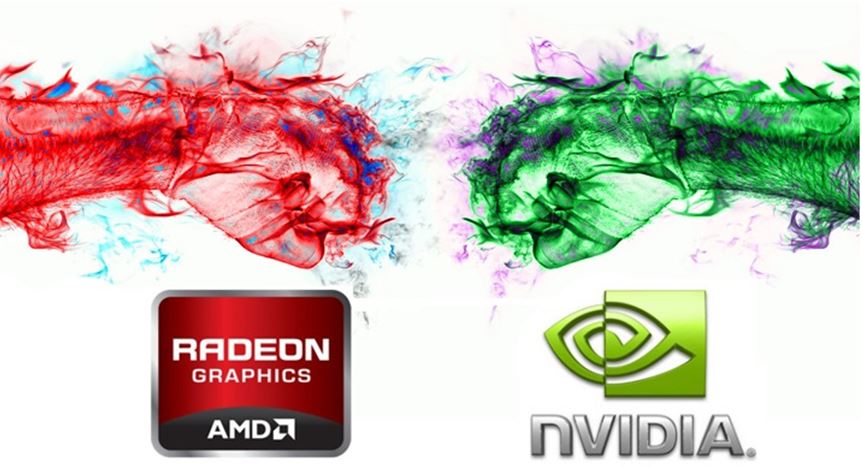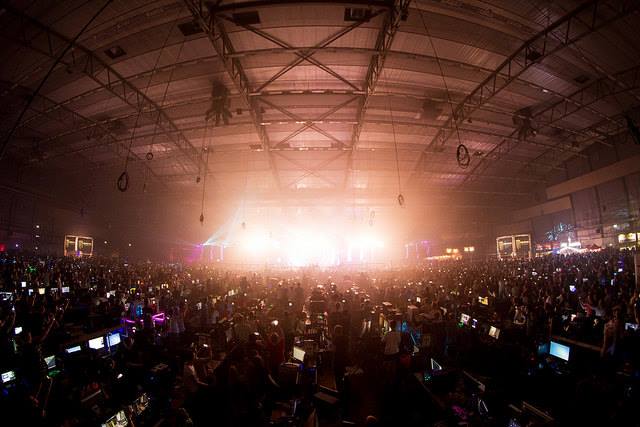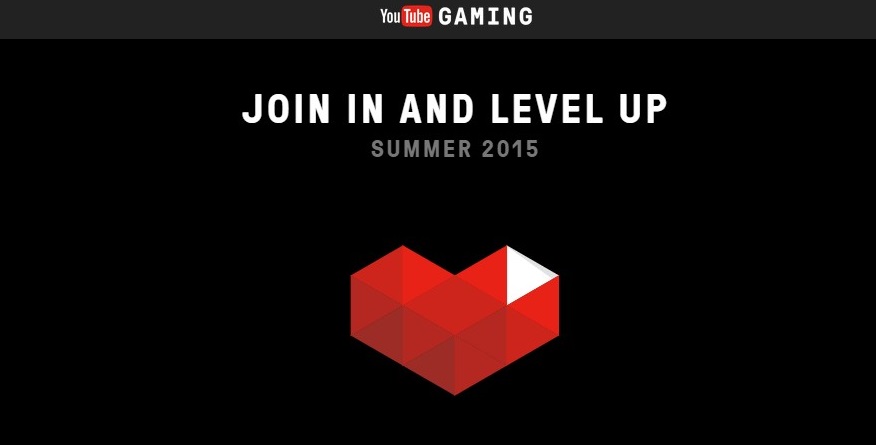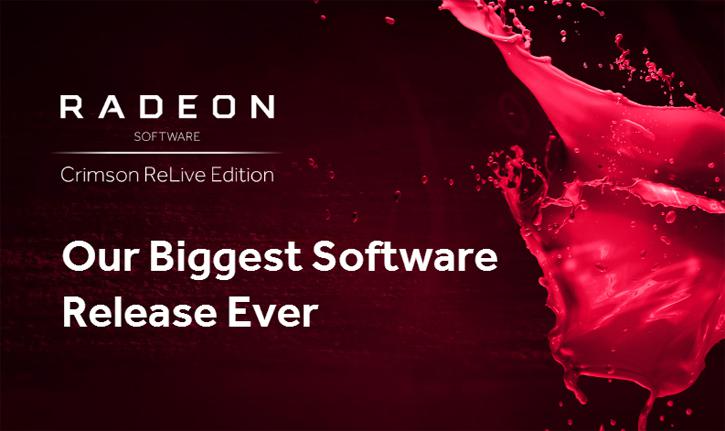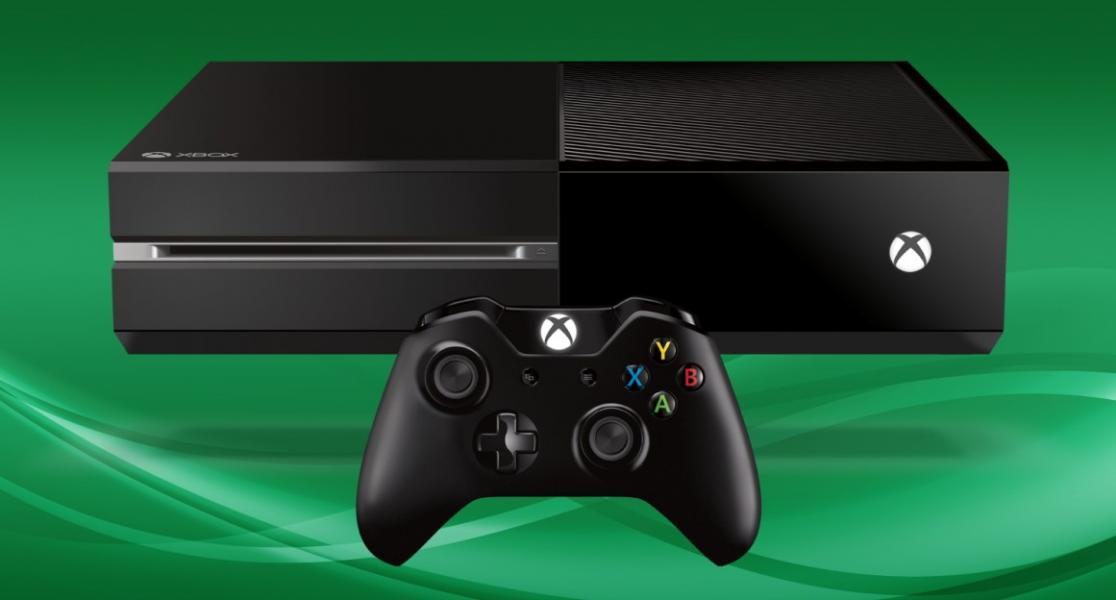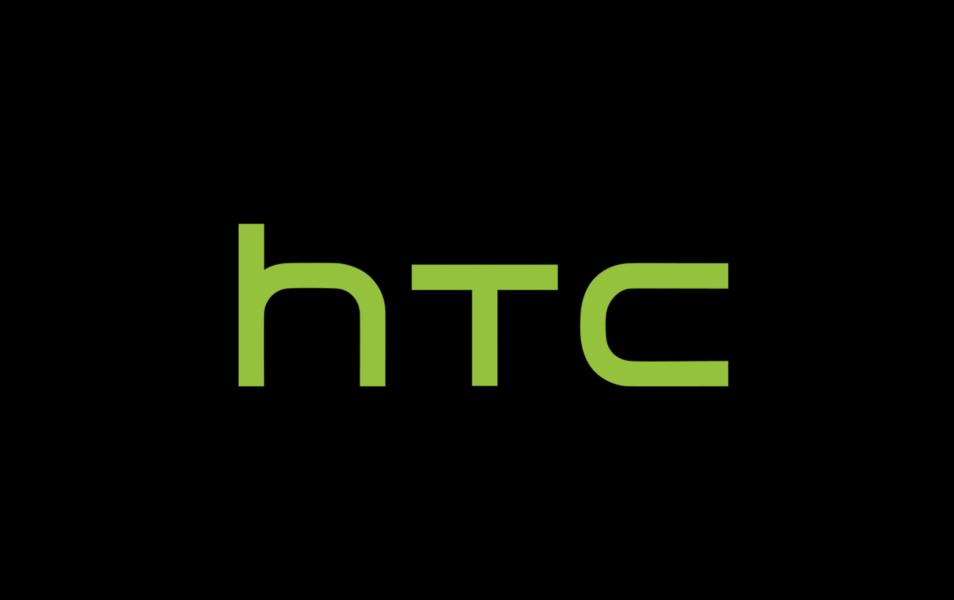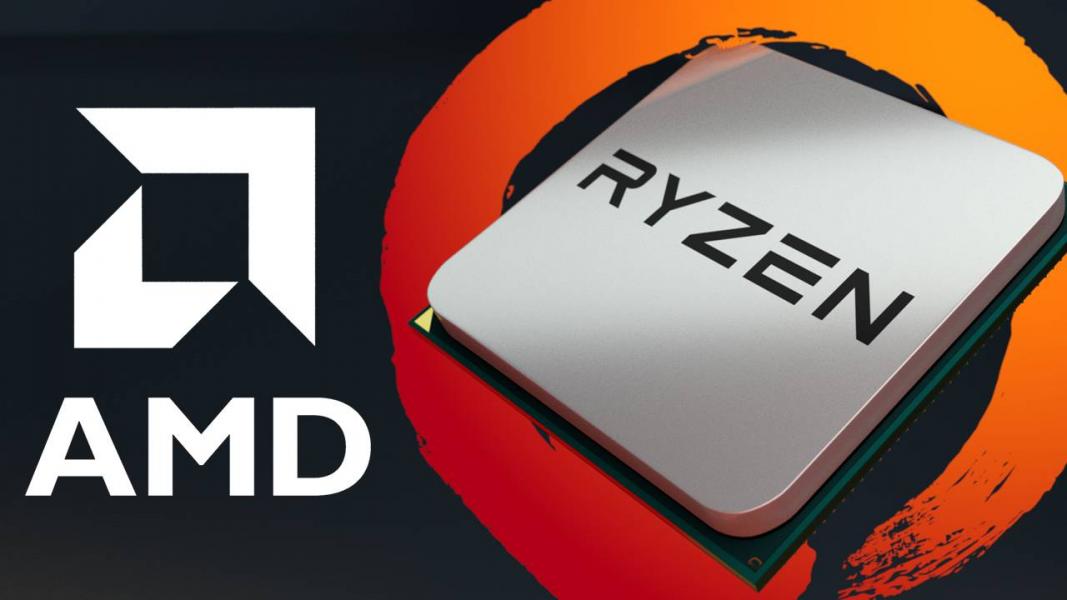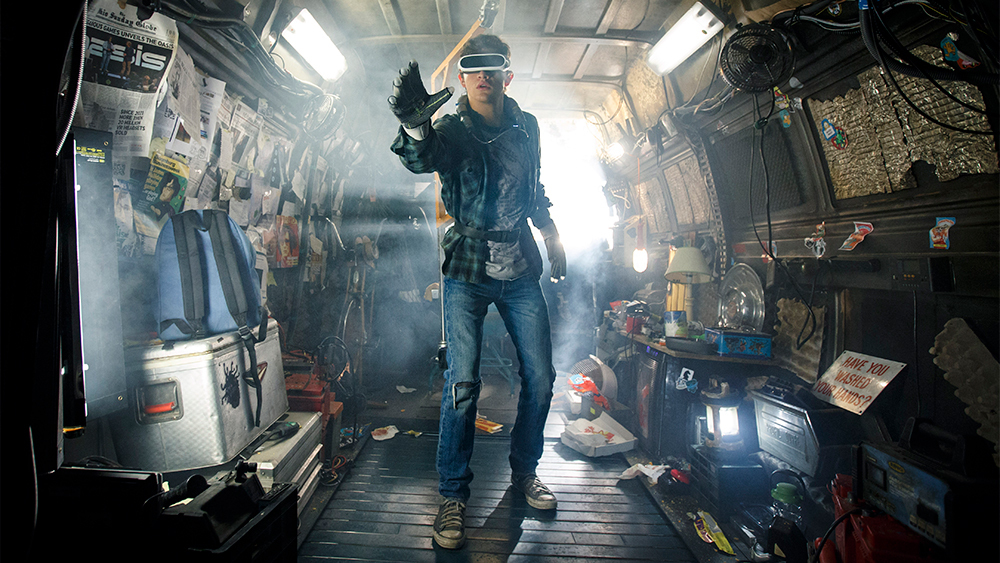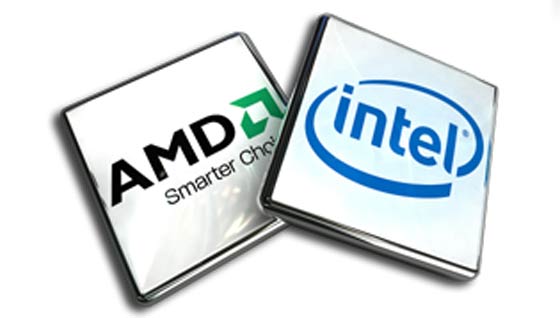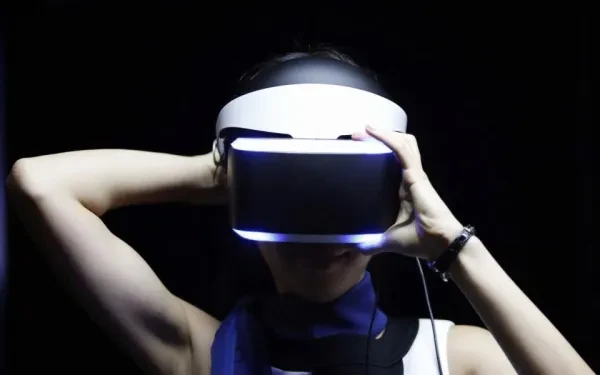
The Controller is You
2016 saw the rise of the Virtual Reality (VR) Company. PlayStation VR, Google Cardboard, the release of the Oculus rift and vive, amongst other major milestones, helped push VR as a viable platform to release games and software on. What is VR? No matter what company you go with for your VR hardware, the idea is the same: total immersion. You move your head to the left and the camera pans to the left. You reach out and touch something in the virtual “space” and it reacts based on what you did. Some companies are taking it a step further by developing sophisticated platforms that the gamer will actually walk on to simulate movement in the game. With some of the biggest game of 2017 including support for VR users, it’s looking like the next year will be a solidifying one for the burgeoning virtual reality market. Here is a look at 10 of the biggest VR companies looking to shake things up in 2017.
1. Google
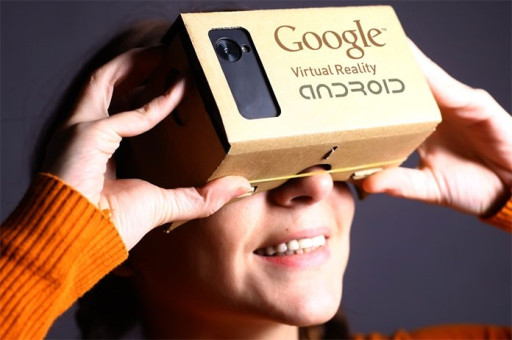
Google Cardboard proves you don’t have to spend an arm and a leg to enjoy immersive VR
Google has always been at the forefront of technological innovation. Besides its search engine that makes 100 million dollars a day; Google has pushed phones, computers, the ill-fated Google glass and now the California Company can throw its multi-colored logo on VR tech as well. Google Cardboard is one of the cheapest ‘headsets’ available. Essentially a papercraft project, the simple brown box holds a VR ready phone in place on the users head so that they can use VR apps and videos the way they were meant to be used. Google has also created a FREE software suite called Daydream for programmers to use in the making of virtual reality apps.
You can find out more about Google’s VR initiative here.
Get a look at the flashier Daydream View headset
2. Virtuix

Hopefully this gaming exercise fad lasts longer than Pokemon Go!
The name of the game, when it comes to virtual reality, is immersion. Why would we, as gamers, otherwise want to strap a TV to our face? Virtuix, an Austin based startup, and their Omni “active virtual reality motion platform” want players to literally feel their characters exhaustion. The Omni is essentially a giant trackpad that players can “walk” on to move their character in the game. The device connects to your PC and VR headset of choice via Bluetooth and works with any game that supports VR or gamepad input. What is even more interesting about this is the price point. DIY sets started at 250 dollars when the Kickstarter (long since fulfilled) went live which promises a reasonable price point when this piece of tech goes into mass production.
The Omni pad in action
Virtuix’s official website.
3. Oculus Rift
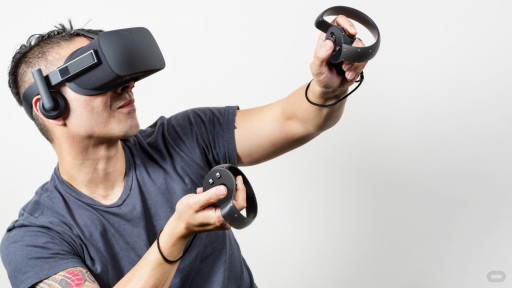
Oculus Rift was the first major VR brand to gain recognition in gaming circles.
The one that started it all, Oculus is the brand that put VR on the map. Bought by the social media monster Facebook back in 2014 for 2 billion dollars, their Rift headset and (newly released) controllers created the early industry standard for VR technology. Not resting on those laurels, the Oculus Company is now developing a self-contained VR environment that, when complete, will not require calibration or extra equipment outside of wearing it on your head.
The Oculus website.
Games for the Oculus are what it’s all about
4. Sony

PlayStation VR utilizes the standard PS4 controller or a pair of the PlayStation motion controllers
Sony has stepped into the VR market swinging with its PlayStation VR device. Similar in design and style to the HTC Hive and Oculus Rift, the set up consists of two motion controllers and a headset. The hardware is restricted to the PS4 and PS4 Pro. Sony seems to understand that one of the biggest issues facing the VR market right now is price and game availability and to combat this the PlayStation VR is the cheapest full VR set on the market. Sony has also guaranteed support from numerous game developers including Rocksteady, 2K and Square Enix.
Some game developers like Square Enix are fully embracing the possibilities of VR
Check out the PlayStation VR here.
5. Nvidia
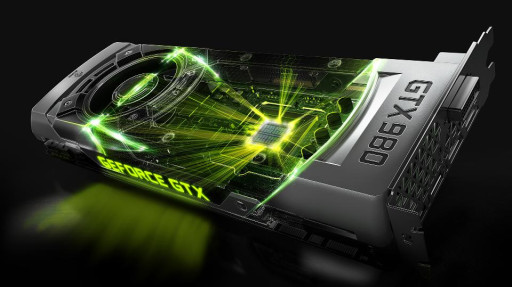
Like it’s competition at AMD, NVidia is promising that all of its future GPU’s will be VR ready
NVidia is a household name for PC gamers. They have, like many of the companies listed here, been not just at the forefront of gaming technology innovation but the reason that innovation was possible thanks to their lines of graphics processing units. Now, NVidia is making the jump to VR with their own developer’s kit called VRWorks. VRWorks is, in NVidia’s own words “a comprehensive suite of APIs, libraries, and engines that enable application and headset developers to create amazing virtual reality experiences.” As of now, the basic suite is available to anyone who wants it and NVidia has more VR programs in the pipeline for 360 video and VR sound.
More information is available at VRWorks’ website.
Watch Adam Savage make a mess in VR funhouse
6. Microsoft
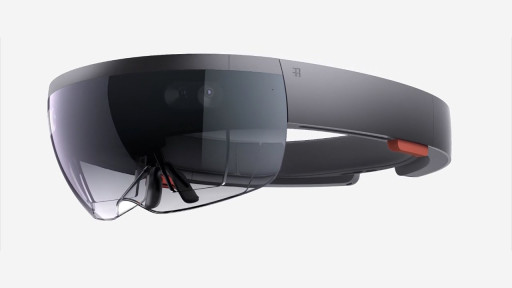
You won’t get to play with one of these babies for a long time
Oculus, Sony, HTC; all of these companies have cornered the VR market. To compete against them Microsoft started development on hologram based technology. Enter the HoloLens. The HoloLens isn’t just VR or augmented reality; it is mixed reality. Draw a character in a 3D modeler and he will pop up on the desk next to you. Guide Conker (yes that Conker) across your couch and entertainment center in search of coins. The promise of the HoloLens is certainly visible in these early apps and the possibilities for gaming or more commercially minded enterprises is limitless. The developer edition of the HoloLens is going to set you back 3,000 dollars which is unfortunate for us peasants because there is no solid release set for the home edition.
Get jealous at the HoloLens official site.
Conker bounces on your couch!
7. Valve
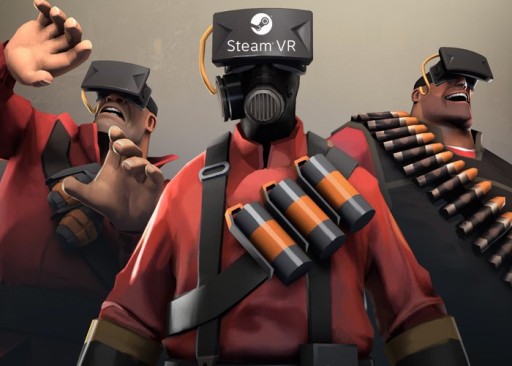
Three headsets, three characters… Half Life 3 confirmed.
If the PC itself is the heart of a gamer then Valve's Steam client is the blood that flows through it. Steam made the market that is direct downloading and now they are bringing VR into the fold unlike anyone else. First, Valve has taken to ensuring that all of the VR games and programs available through their client are compatible with as many VR headsets as possible (including OSVR). Secondly, Valve offers training with their Steamworks to help developers get the most out of VR (for 3,000 dollars a person).
Steam’s website (for those who don’t have the client installed already… all four of you).
Steam going the extra mile to show us what VR looks like
8. AMD
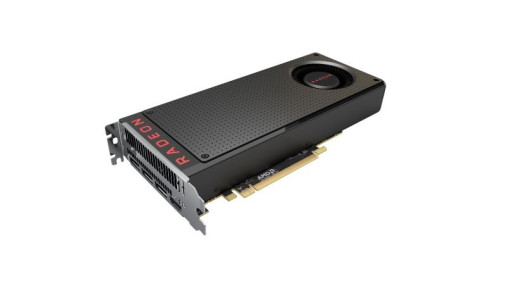
AMD is producing a strong line of VR ready graphics cards at competitive prices
Advanced Micro Devices (AMD) has always been the more budget friendly choice for Gamers looking for CPU’s and GPU’s to build their gaming rigs with. It would be unfair, however, to mention NVidia in a list of companies expanding the VR platform without giving mention to AMD’s equally ambitious efforts. They too are fully prepared for the VR bubble with VR ready graphics cards and their own in house developer’s tool kit for creating virtual reality apps.
See more of AMD’s VR ready equipment here.
Enjoy some AMD VR sizzle reel
9. Linden Labs

VR… inside of a video game? The future is here.
Linden Labs is most famous for their popular MMO Second Life. The San Francisco located company is now throwing their hat into the VR ring with Project Sansar. Sansar is meant to be a VR “experience creator” for everyone. Instead of pre constructed play places like most VR games out there, it will give users tools to make their own spaces. This will go past gaming as well. Linden Labs CEO, Ebbe Altberg, wants his VR to encompass the spectrum of entertainment, business and lifestyle. The open program is currently in a “beta” of sorts, and is usable by invite only. Its release is slated for some time in 2017.
Linden Labs CEO speaking about the future of VR
Sign up for the creative preview of Project Sansar here.
10. Owlchemy Labs

Think they will ask you to come in on Saturday?
VR gaming is supposed to be fun. Owlchemy Labs does fun VR better than anyone else out there right now. While most of the companies on this list focus on hardware, this Austin based game developer make games so all that expensive hardware doesn’t collect dust. Owlchemy Labs well known after their physics based racer Snuggle Truck achieved decent success. The developer really hit their stride with original VR concoctions like the goofy Job Simulator and Aaaaaculus!, a flying “simulator”. Currently they are developing a Rick and Morty simulator that looks to fit the style of the famous cartoon very well.
Dat official site.
They don’t call themselves “absurd” for nothing
Virtual Reality, as we know it, is still a new concept for entertainment. VR could end up being a bubble, relegated to gimmick status or it could truly be the future of gaming but any way you look at it, these companies are pushing the boundaries of computer graphics and interfaces in a way we have never seen before and that is a truly exciting event to witness.
Would you like to know more?
Catch up on the latest gamer lingo.
Sometimes you gotta let the kids play too, here’s 10 of the best games just for them.


